Mental toughness is what separates those who persist through challenges from those who give up when things get tough. It’s the ability to stay focused, control emotions, and push through obstacles, even in high-pressure situations. One of the most effective ways to develop this skill is through visualization, a powerful mental technique used by elite athletes, military professionals, and high achievers in every field.
Visualization isn’t just daydreaming—it’s a scientifically proven method that rewires the brain for resilience, enhances performance, and strengthens the ability to handle stress. When practiced consistently, it trains your mind to stay strong under pressure and improves your ability to overcome fear, doubt, and negative emotions.
This article will explore how visualization builds mental toughness, the neuroscience behind it, and practical techniques to incorporate it into your daily routine.
1. The Science Behind Visualization and Mental Toughness
Visualization works by activating the same neural pathways as real experiences, meaning your brain can practice overcoming challenges without physical action. Research in neuroscience has shown that mental imagery strengthens neural circuits, making difficult tasks feel more familiar and easier to execute.
How Visualization Affects the Brain
| Brain Region | Role in Mental Toughness | Impact of Visualization |
|---|---|---|
| Prefrontal Cortex | Controls decision-making and self-discipline | Increases focus and resilience under stress |
| Amygdala | Regulates fear and emotional responses | Reduces anxiety and improves emotional control |
| Basal Ganglia | Stores habits and automatic behaviors | Reinforces confidence in handling challenges |
| Motor Cortex | Controls movement and physical skills | Enhances muscle memory and reaction speed |
📌 Example: Studies show that athletes who mentally rehearse their performance activate the same brain regions as those who physically practice, leading to measurable performance improvements.
2. How Visualization Builds Mental Toughness
✅ a) Increases Emotional Control Under Pressure
One of the biggest obstacles to mental toughness is emotional reactivity. When faced with high-pressure situations, the brain’s amygdala triggers fear, self-doubt, and impulsive reactions. Visualization helps train your mind to remain calm by rehearsing how you’ll handle stress before it happens.
How to Apply It:
- Picture yourself in a high-stress situation (a big presentation, competition, or difficult conversation).
- Imagine feeling calm, confident, and in control.
- Mentally rehearse responding with clarity and focus instead of panic.
📌 Example: Research on public speakers found that those who visualized handling stage anxiety calmly performed better than those who didn’t prepare mentally.
✅ b) Strengthens Focus and Reduces Mental Fatigue
When facing challenges, mental fatigue can lead to poor decisions and lack of persistence. Visualization strengthens the prefrontal cortex, improving concentration and helping you stay focused longer.
How to Apply It:
- Before starting a demanding task, visualize yourself staying engaged and pushing through discomfort.
- Imagine distractions appearing but see yourself refocusing quickly.
- Use visualization as a mid-task reset to restore mental energy.
📌 Example: Professional chess players use visualization to train mental endurance, picturing themselves making strategic moves under pressure.
✅ c) Develops a Resilient Mindset by Reframing Setbacks
Resilient individuals see failure as feedback rather than defeat. Visualization helps rewire your brain to interpret setbacks as opportunities for growth instead of threats.
How to Apply It:
- Recall a past failure and visualize responding differently with confidence and learning from it.
- Picture yourself overcoming a challenge that once felt impossible.
- Mentally rehearse handling criticism or mistakes without emotional distress.
📌 Example: Entrepreneurs who visualize handling business failures bounce back faster and make better decisions in future challenges.
✅ d) Builds Confidence by Rehearsing Success
Your brain strengthens what it repeatedly experiences. If you constantly imagine yourself succeeding, it creates stronger neural pathways associated with confidence and success.
How to Apply It:
- Every morning, visualize yourself achieving a key goal with clarity and precision.
- Picture the exact steps you’ll take and the obstacles you’ll overcome.
- See yourself acting with certainty and determination in difficult moments.
📌 Example: Olympic athletes use this method to mentally prepare for gold-medal performances, increasing confidence before competition.
3. Types of Visualization for Mental Toughness
A. Outcome Visualization (Focusing on the End Goal)
This technique involves picturing your desired outcome with vivid detail. It reinforces motivation and helps align your actions with your goals.
How to Apply It:
- Visualize yourself crossing the finish line, completing a project, or mastering a skill.
- Engage all senses—see, hear, and feel the moment of success.
- Do this daily for 5-10 minutes to reinforce belief in your ability.
📌 Example: A study found that basketball players who visualized making free throws improved their accuracy, even without physical practice.
B. Process Visualization (Focusing on the Steps to Success)
Instead of just picturing success, this method focuses on the exact actions needed to reach your goal.
How to Apply It:
- Break a challenge into smaller steps and mentally rehearse executing each one.
- See yourself adapting to difficulties and staying persistent.
- Use this before starting any complex or high-stakes task.
📌 Example: A surgeon may visualize performing an operation step by step before entering the operating room, improving precision.
C. Coping Visualization (Handling Stress and Setbacks)
This method prepares you to stay composed under pressure by imagining how you’ll handle adversity.
How to Apply It:
- Visualize a difficult situation, such as receiving criticism or dealing with failure.
- Picture yourself responding with calmness, logic, and resilience.
- Repeat this exercise to strengthen emotional regulation.
📌 Example: Military personnel use this technique to mentally prepare for combat situations, ensuring they remain composed under extreme stress.
4. Long-Term Habits to Enhance Visualization Effectiveness
✅ Practice Daily – The more often you visualize, the stronger the mental pathways become.
✅ Use Guided Visualization Audios – Listening to guided exercises enhances mental imagery.
✅ Pair Visualization with Physical Action – If possible, reinforce visualization with small real-world steps.
✅ Keep a Visualization Journal – Track your progress and refine your mental techniques.
📌 Example: Neuroscientists have found that consistent visualization physically changes the brain’s structure, improving performance and resilience over time.
Final Thought: Train Your Mind to Stay Strong with Visualization
Mental toughness isn’t just about grit and willpower—it’s about training your brain to handle adversity, stay focused, and build confidence. Visualization is a powerful tool to strengthen your mindset, helping you push through challenges with greater resilience and control.
✅ Use visualization to strengthen focus, manage stress, and build confidence.
✅ Reframe setbacks as learning experiences to improve resilience.
✅ Practice outcome, process, and coping visualization for maximum impact.
Start today: Spend five minutes visualizing yourself overcoming a current challenge—you’ll rewire your brain for strength, confidence, and success! 🚀

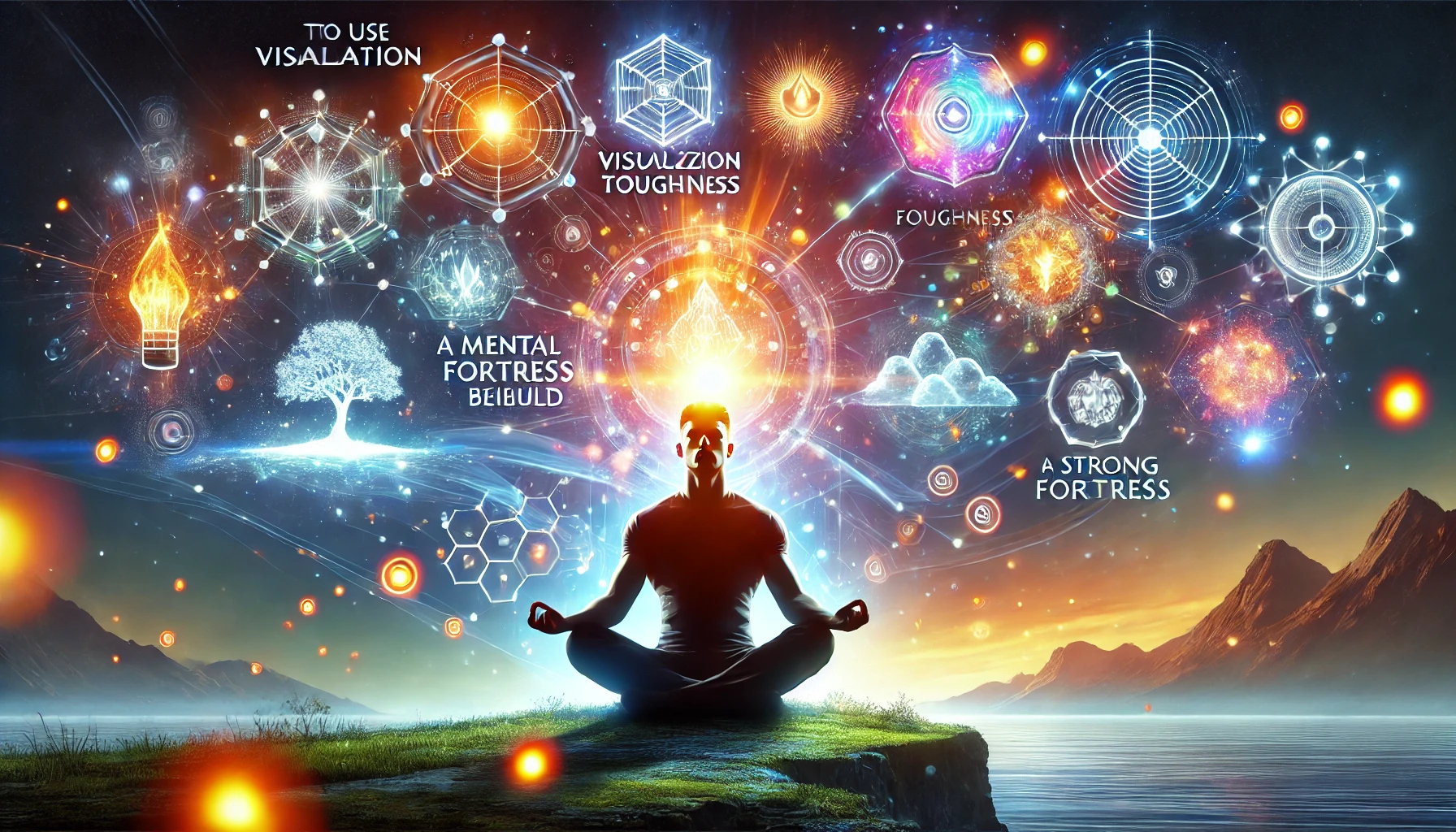



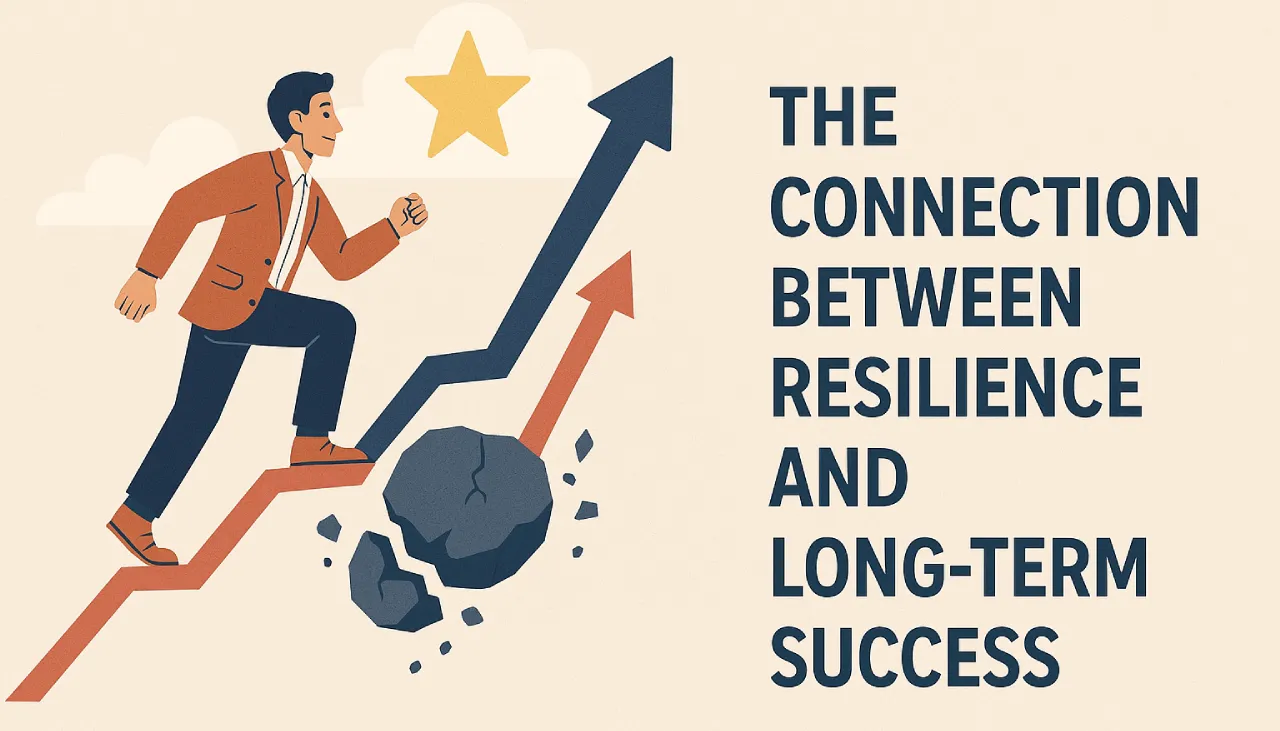

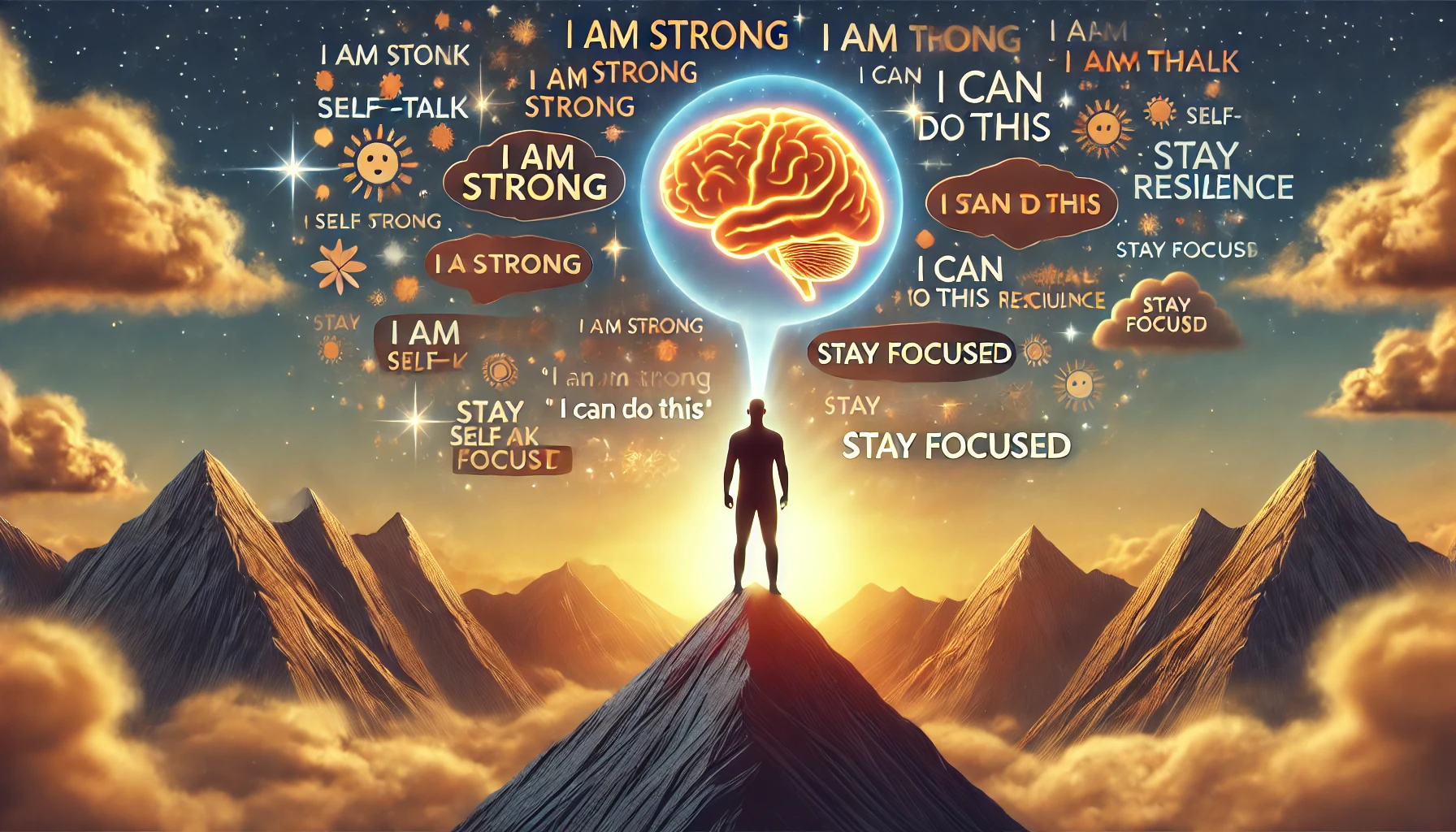


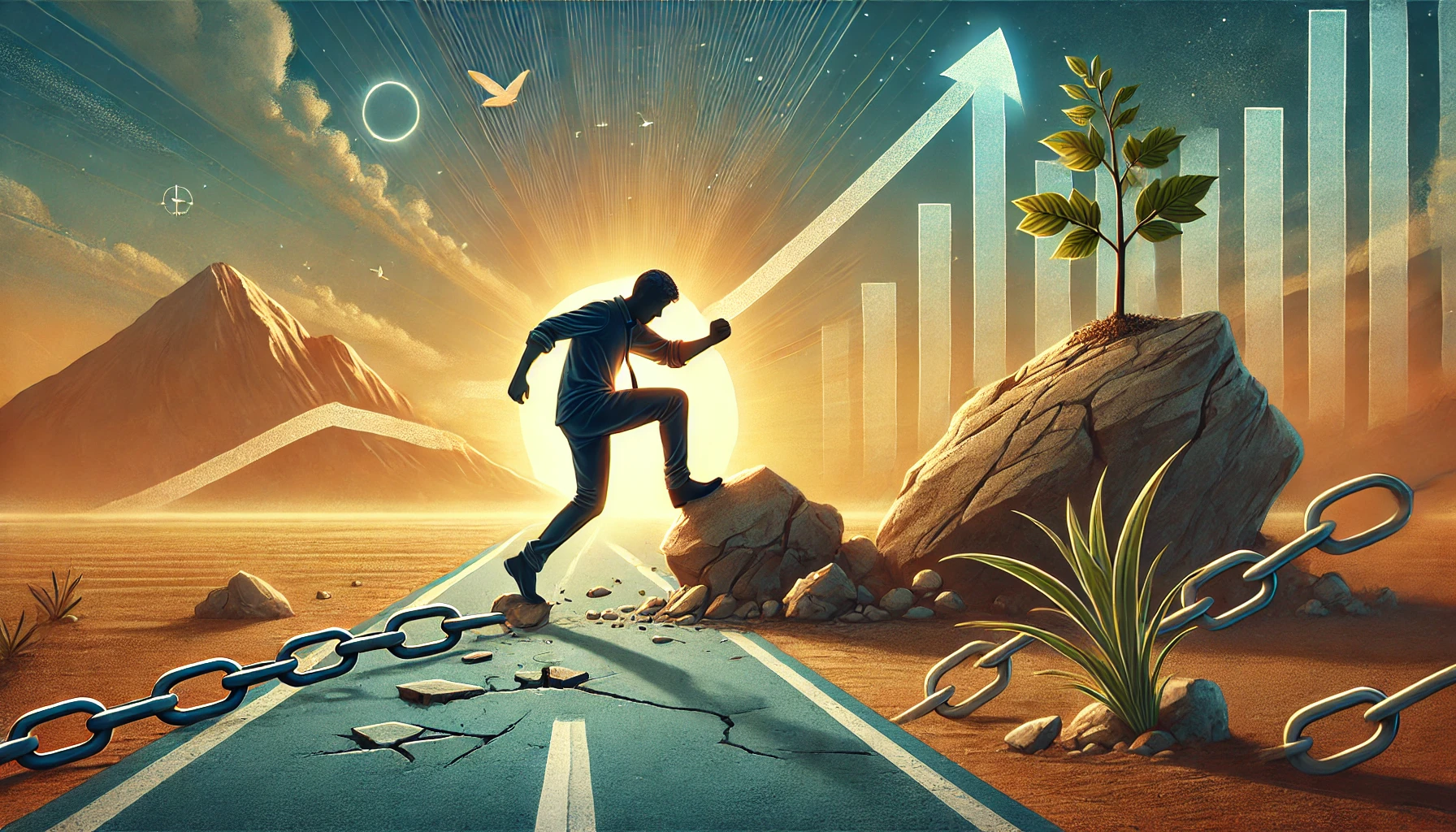
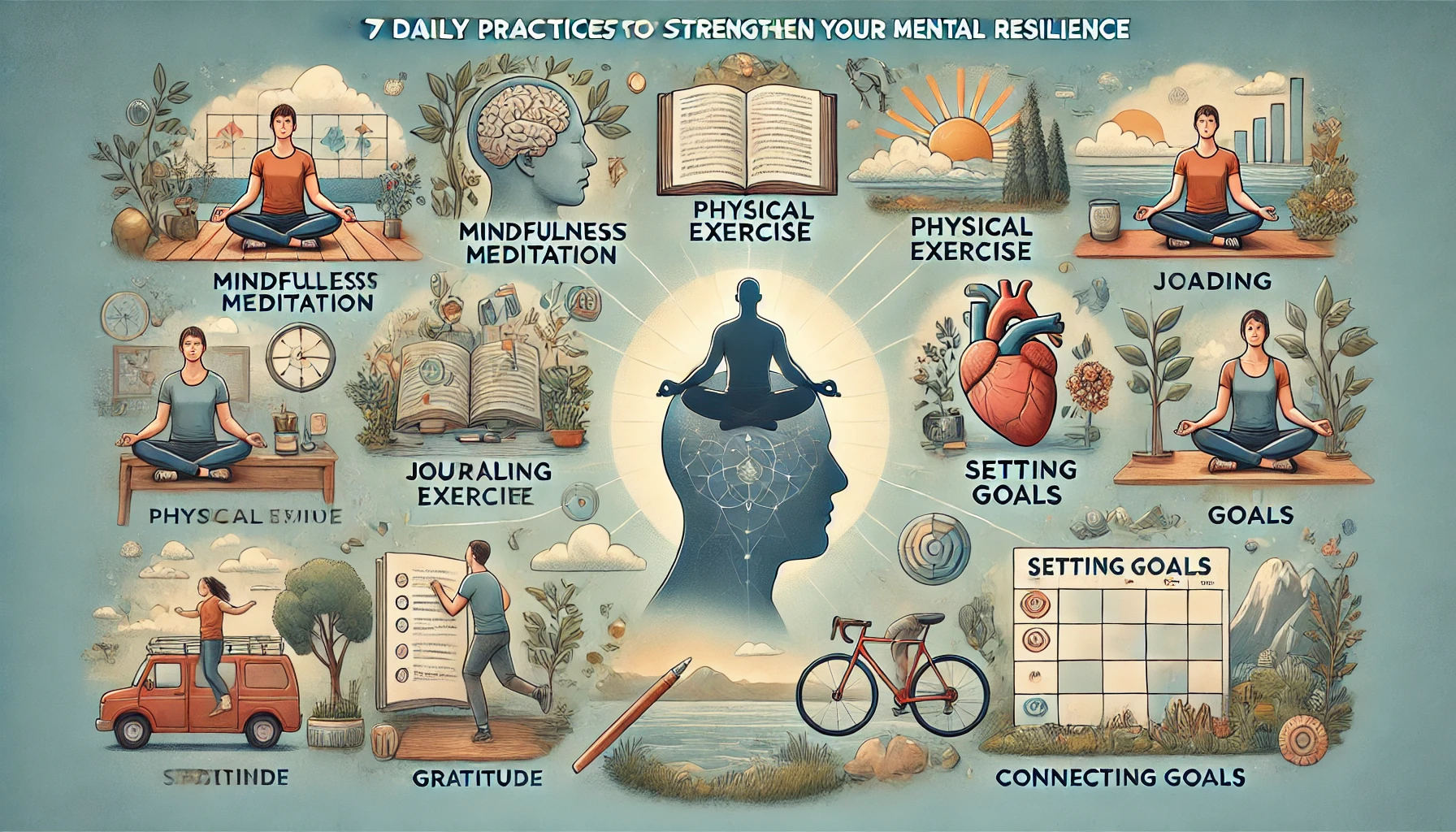
Leave a Reply